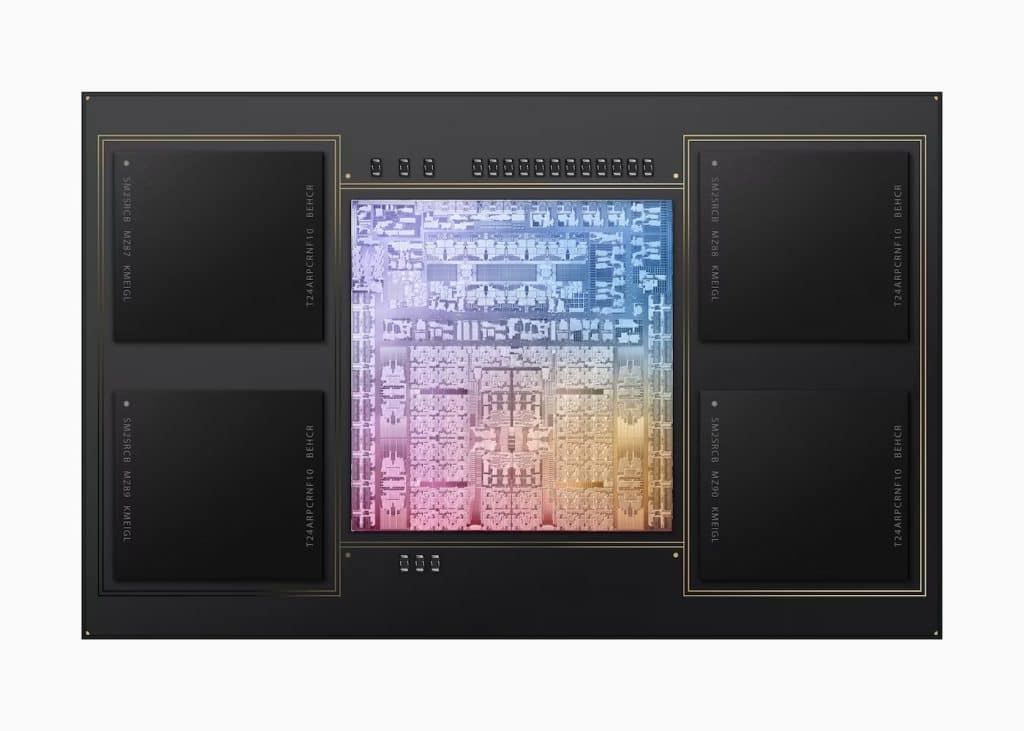In an interesting twist to Apple’s chip development saga, Vadim Yuryev of Max Tech, leveraging insights from a post by @techanalye1 on X, proposed that the upcoming M3 Ultra chip might break away from its predecessors’ design philosophy.
配線層あり
(配線層剥離はXには載せないけど) pic.twitter.com/saSXMYGXSw— テカナリエ清水 (@techanalye1) December 27, 2023
This speculation arises from observations that the M3 Max chip appears to lack the UltraFusion interconnect, a component crucial for combining two chip dies into a single package. Yuryev’s theory implies that the M3 Ultra will, for the first time, stand as a standalone chip instead of being a fusion of two M3 Max dies.
Such a shift could significantly benefit Apple, allowing the tech giant to tailor the M3 Ultra for more demanding computational tasks. Potential modifications could include eliminating efficiency cores to focus on performance-centric cores, and augmenting the number of GPU cores.
This design approach promises to enhance performance scalability over what was seen with the M2 Ultra compared to the M2 Max, particularly by circumventing efficiency losses attributed to the UltraFusion interconnect.
Yuryev further hypothesizes that the M3 Ultra might incorporate its own UltraFusion interconnect, enabling the coupling of two M3 Ultra dies to forge a powerhouse “M3 Extreme” chip.
This would not only double the performance potential but also improve scalability beyond what could be achieved by integrating four M3 Max dies.
Additionally, this configuration could support a larger unified memory pool.
Details about the M3 Ultra remain sparse, yet rumors from January indicate it will be produced using the N3E node by TSMC, akin to the forthcoming A18 chip expected in the iPhone 16 series.
This positions the M3 Ultra to be Apple’s first venture with the N3E technology.
Anticipation is high for the chip’s debut in a new Mac Studio model around mid-2024.
